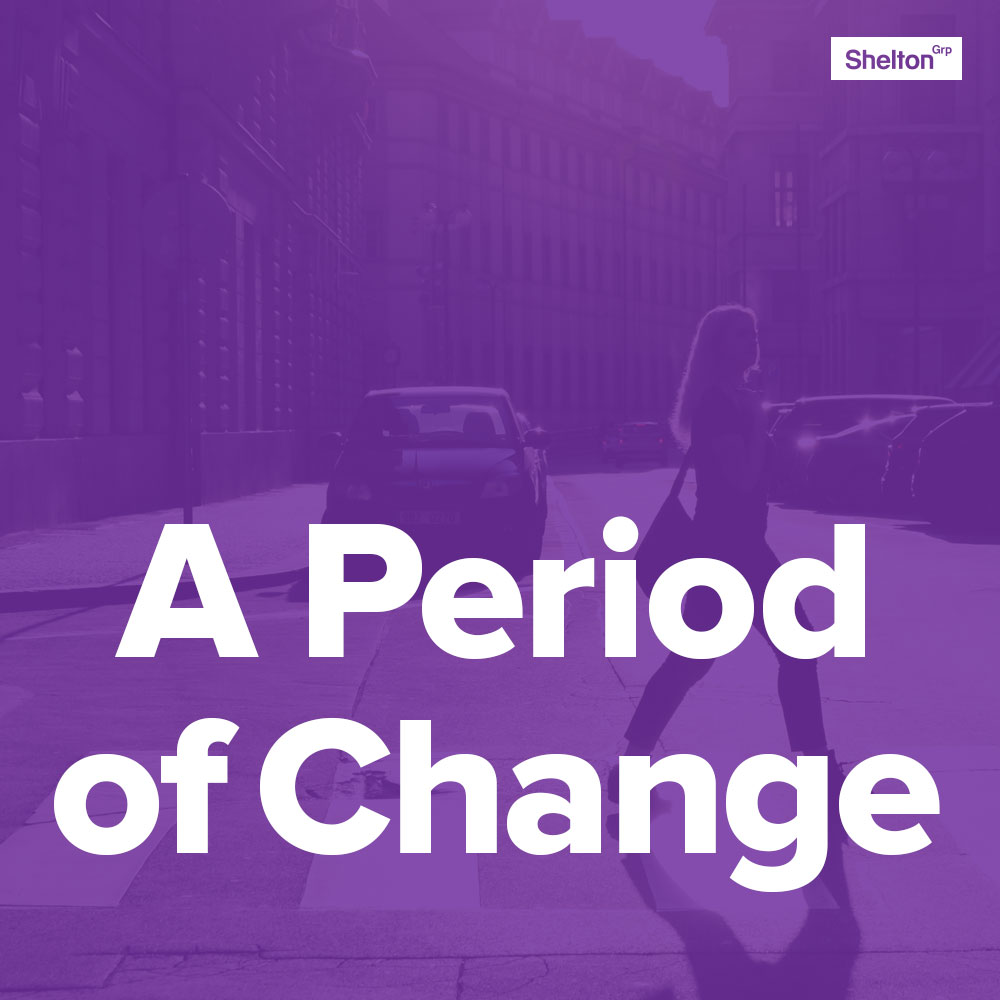Energy Efficiency Means Health

Shelton Stat
60% of Americans believe telling someone that an energy-efficient home is a healthier home is an effective way to get people to spend $1,500 on efficient home features (Energy Pulse 2018).

Sustainability Win of the Week
Once upon a time, somebody somewhere decided that the value proposition for energy efficiency was “save money.” And now it’s ubiquitous: utilities market their energy efficiency programs almost exclusively with Save Money messages, and appliance manufacturers, retailers and government agencies do the same.
The problem is, Americans don’t really believe it anymore.
Our Pulse® research reveals two trends: 1) fewer Americans are embracing energy efficiency initiatives because … 2) they are not realizing the cost savings. And 44% of the people who say they’ve done a few things to make their homes more energy efficient say their utility bills went UP, not down.
We can debate whether they’re right, whether they’re normalizing their bills for weather (they’re not), or whether they’re actually using their energy-efficient purchase as “moral license” to use more energy (some of them are). But bottom line: most people don’t have an actual experience of saving money, so the message simply doesn’t work anymore.
A message that will work? Health.
In the past few years, more research has come out on the health impacts of energy efficiency. A study on home energy efficiency and respiratory health published earlier this month reveals that people living in homes with high ventilation (due to poor insulation and air sealing) have higher rates of respiratory health issues, such as asthma. In fact, ACEEE published a similar report on energy efficiency and air quality just last year, stating that more than 30,000 asthma attacks could be prevented each year through improved energy efficiency – particularly in major cities with pollution.
There’s long been a concept in the sustainability arena called “In me, on me, around me” that basically posits that people are most concerned about the health impacts of products they ingest, followed by products that come in direct contact with their skin and then maybe if they had some energy left to worry, they’d be concerned about the health impacts of products around them. In our 2018 Energy Pulse study we dug into this and found, in fact, health is the primary driver for greener product purchases for food, skin care AND home improvement products. And the message “the product is chemical free” (which isn’t actually a possible thing) and “the product doesn’t produce chemical smells (VOCs)” were the messages that had the highest impact on product purchase for in me, on me and around me products, well outpacing other sustainability messaging we tested.
This makes total sense. Protecting your health and your family’s health is a WAY more emotionally motivating message. Will you write a check for EE home improvements because you believe it might help your daughter’s allergy or asthma problems? If you can find the money, you bet (and you’ll likely put in some effort to find the money). Will you spend money on EE home improvements to save money, when you’ve actually already screwed in a few LED lightbulbs and haven’t seen the savings you were promised? No way.
If you want to actually motivate people to save energy in their homes, stop screaming “save money.” And start promoting a benefit that matters more and resonates more deeply.

News of the Week
Net-zero energy homes have arrived – and are shaking up the U.S. housing market – CNBC
Net-zero energy homes are booming in certain parts of the U.S. – particularly in California where installation of solar panels will be required on all new construction of single-family homes starting next year. California’s goal is to reduce electrical grid stress, encourage energy self-sufficiency and minimize carbon footprint.
Ameren files $6.3B grid transformation plan with Missouri regulators – Utility Dive
This past week, utility Ameren Missouri submitted its ambitious $6.3 billion Smart Energy Plan to state regulators, with goals of committing $1 billion to wind energy in 2020, and other funding allocated to modernizing its electric grid, particularly in rural areas. Read about Ameren’s five-year Smart Energy Plan here.
A Period of Change
Once upon a time, feminine hygiene was a topic simply not mentioned in polite society – and options were limited to an aisle of single-use products. Now, times are changing, and the options have grown. What once seemed like a segment of the consumer packaged goods industry impervious to change is now undergoing profound transformation. New, reusable choices are flooding the market – choices that are better for the environment and, in most cases, work better too. Fifty-nine percent of women have used or considered using them – what will that do to your business?


TAGS: Corporate Sustainability, Efficiency & Conservation, Energy & Environmental Marketing, Energy & Renewables
SHARE THIS: